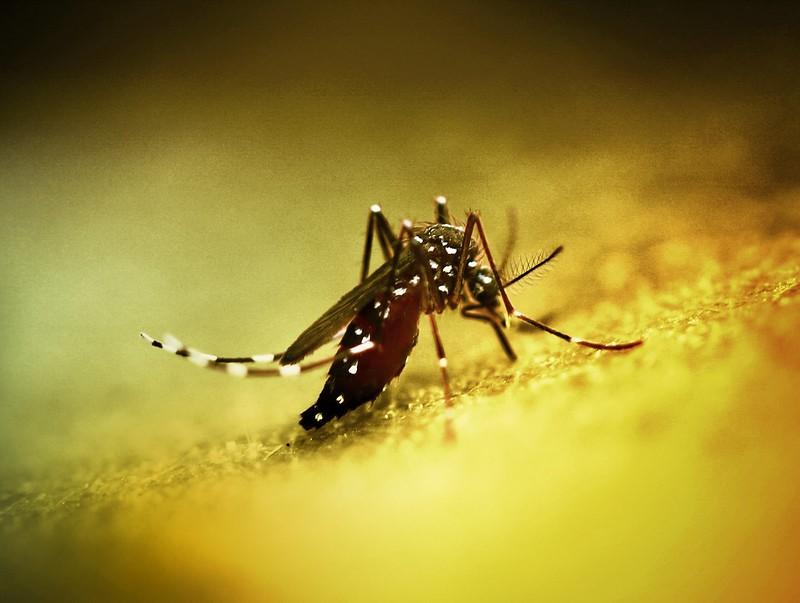
US flu activity declined steadily again last week, with rates of influenza-like illness (ILI) dropping further and staying below baseline levels, but flu-related deaths in children climbed to 198, the Centers for Disease Control and Prevention (CDC) said in its weekly update today.
The percentage of outpatient visits for ILI, or respiratory illness, dipped slightly from 2.5% the previous week to 2.4% last week (see CDC graph at left). The number of patients hospitalized for flu was 4,639, down from 6,448 the week before.
One state, however—New York—reported high ILI activity. The previous week, no US jurisdiction recorded high or very high activity. Two states have moderate activity, down from five the previous week. Test positivity for flu is now at 6.7%, down from 7.6%. Hospitalizations and deaths are both down, but the cumulative hospitalization rate for this season—125.6 patients per 100,000 population—is the highest since the 2010-11 season.
The CDC confirmed 10 new pediatric flu deaths, bringing the season's total to 198. This compares with 207 deaths last flu season. Nine of the new deaths were from influenza A and 1 from influenza B. Of the 8 influenza A cases for which scientists performed subtyping, 5 were caused by the H1N1 strain, and 3 were H3N2.
COVID-19, RSV levels remain low
Meanwhile, COVID-19 levels, already low, continue to ebb, according to CDC data updates today. Wastewater detections last week remained generally low throughout the country. The percentage of overall deaths that were caused by COVID last week stayed steady, at 0.7%, a bit higher than the 0.5% level for flu.
In its update on the three leading respiratory illnesses—flu, COVID, and respiratory syncytial virus (RSV)—the CDC notes that, nationally, flu (6.7%), RSV (2.5%), and COVID-19 (3.4%) test positivity decreased from the previous week. Wastewater levels for influenza A and COVID-19 are low, while for RSV they remain very low.















